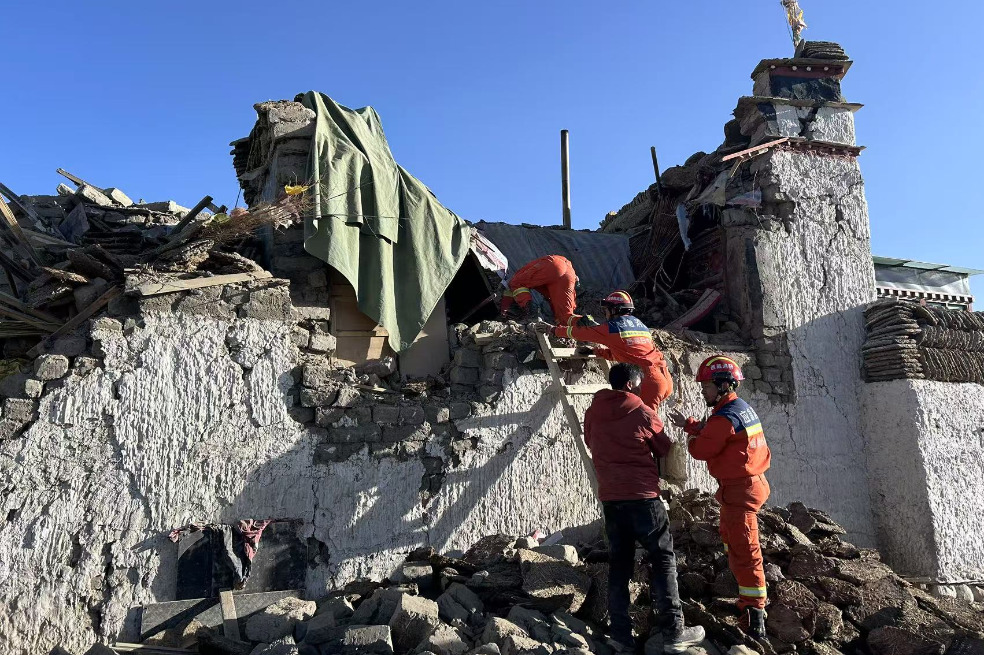Going back to the roots
Foundations of Chinese civilization come into greater focus as exhibition examines key themes, report Li Yingxue and Wu Yong in Shenyang.
By Li Yingxue and Wu Yong in Shenyang | China Daily | Updated: 2024-07-08 05:58

About 1,500 kilometers from the core area of Hongshan Culture, the Archaeological Ruins of Liangzhu City in Zhejiang province was a hub for a jade-worshipping and rice-cultivating regional civilization lasting from 5,300 to 4,300 years ago. It was listed as a UNESCO World Heritage Site in 2019.
"The exhibition focuses on three key themes: the height of civilization, Chinese characteristics, and cultural heritage," Wang says. "We hope visitors will see the interconnectedness of Chinese civilization and the enduring influence of both the Hongshan and Liangzhu cultures."
The first two sections of the exhibition explore the two cultures individually. The third draws comparisons between them.
"By comparing the two cultures in terms of production methods, large-scale architecture, social governance and ideological concepts, we aim to illustrate the foundations of Chinese civilization," he says.
Wang says that with one culture in the south and the other in the north, the distinct natural conditions and geographical environments of Liangzhu and Hongshan shaped their production methods and social structures. In the north, millet was grown, while the south focused on rice. The north practiced dry farming, and the south specialized in water-based agriculture.
"Architecturally, the north produced large ceremonial buildings, while the south boasted the ancient city of Liangzhu. Their religious ideologies also differed, with the north leaning toward theocracy, and the south combining military and royal authority in a theocratic-political system," Wang says.
The first two sections of the exhibition highlight the differences between the two cultures, both in their developmental stages and paths taken. The final section brings them together, allowing visitors to see their commonalities and particular traits.
Viewed from a broader perspective, both cultures share similarities. "They were built on advanced agriculture, supported by sophisticated handicrafts, and produced large sacrificial structures and high-grade noble tombs," Wang says.
Both cultures had advanced agricultural practices, and paid close attention to seasonal changes and climate. They adapted to their environments, using local resources wisely and living in harmony with nature.
Both also produced anthropomorphic artifacts, such as jade figures and deity-beast faces, emphasizing ancestor worship — a key value in Chinese civilization. This respect for ancestry reflects a deep-rooted spirit. Their jade artifacts were ceremonial, not weaponry, highlighting the importance of harmony, he adds.
























